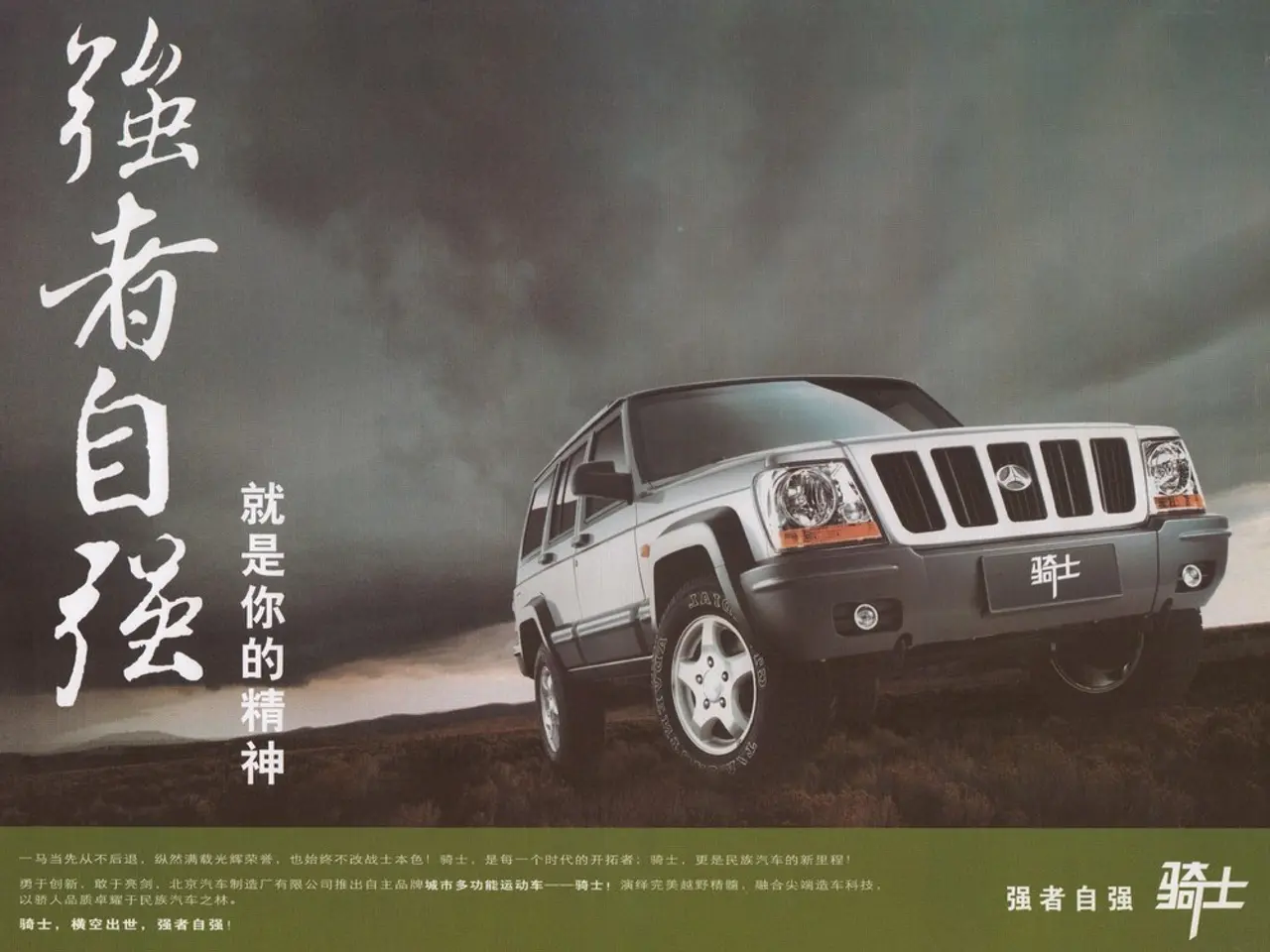Prices for consumers in China remain steady in July, according to official statement
In the heart of July 2025, China recorded a rebound in its foreign trade compared to the same period last year, offering a glimmer of hope for the country's economic recovery [1]. However, the broader economy remains a cause for concern due to the persisting deflation in the consumer price index (CPI), which signals weak demand and economic slowdown [2].
Despite a 0.4% fall in consumer goods prices and a 0.3% decline in rural areas, the CPI reading remained unchanged year-on-year in July [3]. This stagnation in prices suggests that consumer demand is weak, a trend that discourages producers from raising prices or output [4].
The tariff truce between Beijing and Washington, which is due to end on Tuesday, potentially causing US tariffs to return to higher levels, further complicates the situation [5]. The ongoing trade tensions have worsened the situation, contributing to the downward trend of car and phone prices, and consequently, the rise of core CPI [6].
Authorities are trying to curb the price war, but the decline in factory gate prices has been ongoing for almost three years [7]. The reduction in margins for companies due to the price war is a concern, as it may lead to lower profits, investment, and employment [8].
The long-term crisis in the real estate sector and high youth unemployment have been affecting Chinese consumer sentiment for several years, adding to the economic woes [9]. Households in China tend to postpone purchases in the hope of lower prices due to deflation [10].
While recent small increases in CPI were partly driven by government subsidies and specific shopping events, they do not signify a clear sign of robust recovery [2][3]. If consumers expect prices to stay flat or fall, they may delay purchases, further reducing demand, and potentially leading to a deflationary spiral [3].
In summary, while deflation might seem positive for consumers because of stable or lower prices, it often reflects weak economic conditions that threaten growth, employment, and long-term financial stability, making it concerning for policymakers and the broader economy [1][3][4]. It remains unclear if this is the end of deflation in China, and the economy continues to be supported more by external demand than domestic consumption.
- The tariff truce between Beijing and Washington, ending soon and potentially leading to higher US tariffs, further complicates the economic challenges faced by China, particularly its business sector.
- The ongoing price competition among domestic producers, combined with persistent US tariffs, may lead to reduced profits, investment, and employment in the finance sector due to decreased margins for companies.




